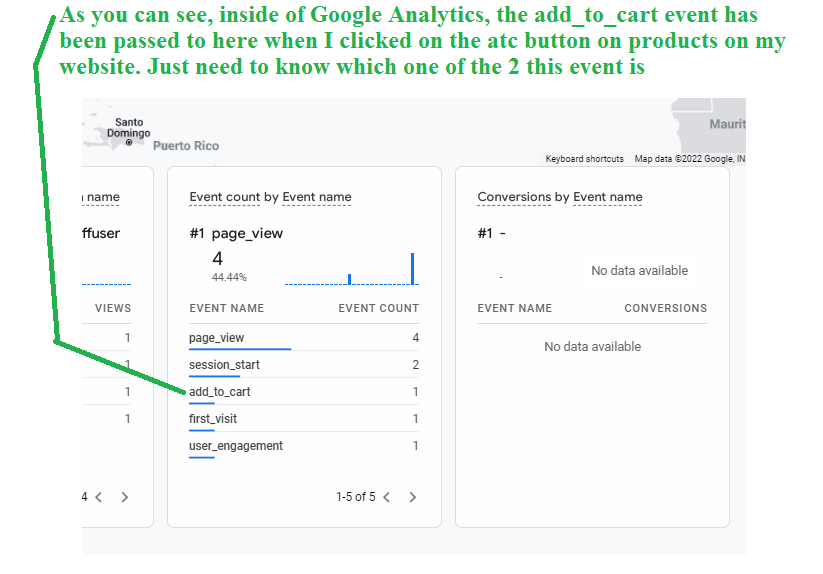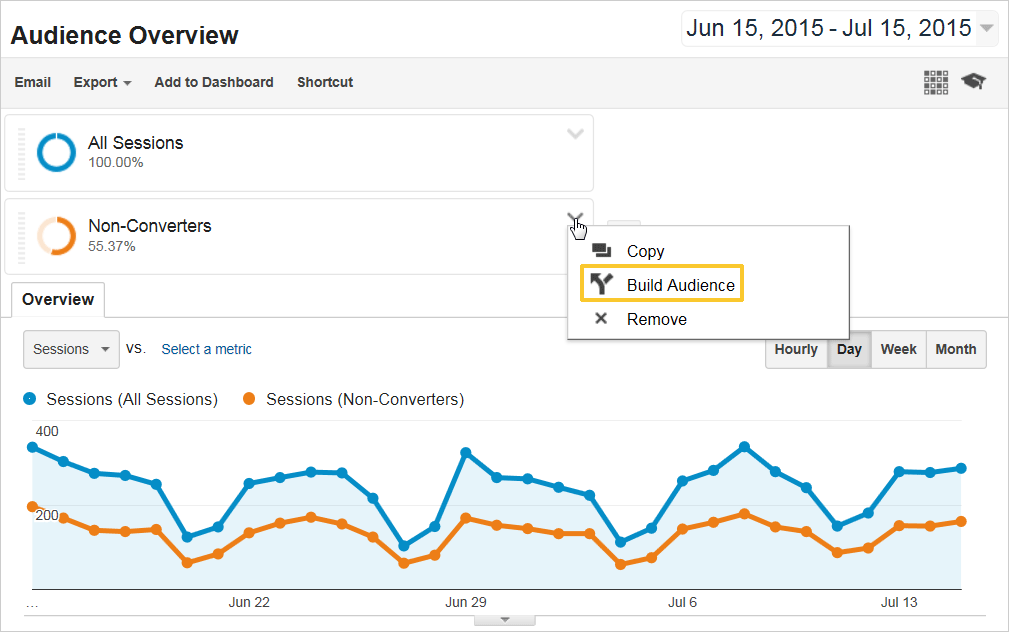Taking Advantage Of Remarketing in Google Analytics: A Comprehensive Guide
Utilizing remarketing in Google Analytics offers companies a tactical edge in reaching out to prospective customers. This overview will certainly shed light on the necessary actions included in taking advantage of the complete possibility of remarketing in Google Analytics, leading to enhanced advertising and marketing outcomes.
Understanding Remarketing in Google Analytics
Remarketing in Google Analytics allows businesses to purposefully target customers that have actually formerly engaged with their web site or mobile application. By leveraging information from Google Analytics, organizations can produce tailored remarketing listings based on individual habits, such as web pages visited, activities taken, or particular goals achieved. This effective device allows organizations to re-engage with users that have actually shown passion in their product and services, eventually raising the probability of conversion.
Recognizing the various kinds of remarketing techniques is essential for an effective campaign - What Is “Remarketing” In Google Analytics?. Google Analytics supplies various options, consisting of conventional remarketing, dynamic remarketing, and remarketing lists for search advertisements (RLSA) Each kind serves an unique purpose and can be tailored to fulfill specific marketing goals
In addition, analyzing the performance of remarketing campaigns is important for maximizing outcomes. Google Analytics offers useful understandings right into the performance of various remarketing methods, permitting organizations to make data-driven decisions and refine their targeting method. By constantly checking and adjusting remarketing efforts based upon analytics information, organizations can optimize ROI and drive success in their advertising and marketing campaigns.
Setting Up Remarketing Projects

After establishing target market listings, the following action is to connect Google Analytics with Google Advertisements. By linking these two systems, organizations can effortlessly transfer audience checklists from Google Analytics to Google Advertisements for remarketing objectives. This combination permits even more specific targeting and far better campaign efficiency.
As soon as the accounts are linked, companies can develop remarketing projects in Google Ads making use of the audience lists formerly defined in Google Analytics. These campaigns can be customized with certain ad creatives, messaging, and bidding process methods to efficiently re-engage with previous visitors and drive conversions. By adhering to these steps, organizations can utilize the power of remarketing to improve their advertising and marketing efforts and raise ROI.
Using Target Market Segmentation Strategies

Predefined segments in Google Analytics enable you to rapidly assess common target market groups like see new individuals, returning individuals, or individuals that completed a certain objective on your internet site. Customized sections, on the various other hand, allow you to produce one-of-a-kind segments based on particular requirements that are very important to your business objectives. Dynamic remarketing lists instantly adjust based on user behavior, showing customized ads to individuals that have communicated with your site specifically methods.
Analyzing Remarketing Performance Metrics
Upon evaluating the efficiency of remarketing campaigns in Google Analytics, the evaluation of key performance metrics offers beneficial insights right into audience involvement and conversion rates. By diving into metrics such as click-through rates (CTR), conversion prices, cost per purchase (CPA), and return on ad invest (ROAS), online marketers can determine the success of their remarketing efforts. Examining these metrics allows online marketers to maximize campaigns, fine-tune target market targeting, and allocate budget plans properly to enhance general remarketing performance.
Enhancing Remarketing Techniques
When refining remarketing approaches in Google Analytics, focusing on audience segmentation is extremely important for achieving campaign success. By dividing your target market right into particular sections based upon their actions, demographics, or interests, you can tailor your ads more successfully per group. This targeted strategy increases the possibility of involving customers that have already shown rate of interest in your solutions or items, leading to higher conversion rates.
Another essential element of enhancing remarketing strategies is continuously testing and refining your campaigns (What Is “Remarketing” In Google Analytics?). A/B testing various ad creatives, messaging, or deals can aid you identify what resonates best with your audience and drives the most conversions. By analyzing the efficiency of these examinations in Google Analytics, you can make data-driven choices to maximize your remarketing initiatives additionally
In addition, leveraging vibrant remarketing can dramatically boost your project results. This attribute enables you to reveal personalized advertisements to customers based on their past interactions with your internet site, showcasing services or items they have actually formerly seen. By delivering tailored web content to customers based on their habits and interests, vibrant remarketing can assist enhance engagement and drive conversions.
Verdict
In verdict, harnessing remarketing in Google Analytics is a strategic approach to target individuals who have formerly involved with an internet site. By producing tailored audience lists and making use of audience division techniques, businesses can maximize remarketing advocate increased conversion prices. Evaluating efficiency metrics and constantly optimizing approaches are vital for making best use of the efficiency of remarketing initiatives.
Google go to my site Analytics uses various choices, including common remarketing, vibrant remarketing, and remarketing listings for search advertisements (RLSA)After setting up target market listings, the following step is to connect Google Analytics with Google Advertisements. By linking these 2 platforms, services can seamlessly move target market lists from Google Analytics to Google Advertisements for remarketing objectives.When the accounts are connected, businesses can produce remarketing projects in Google Ads making use of the audience notes formerly defined in Google Analytics.When refining remarketing techniques in Google Analytics, concentrating on target market division is critical for accomplishing project success.